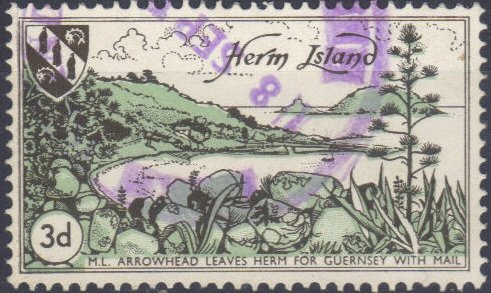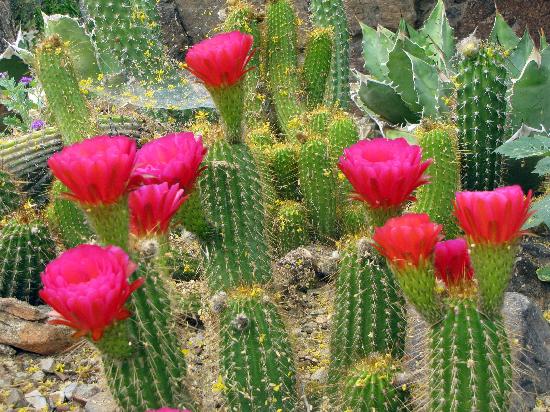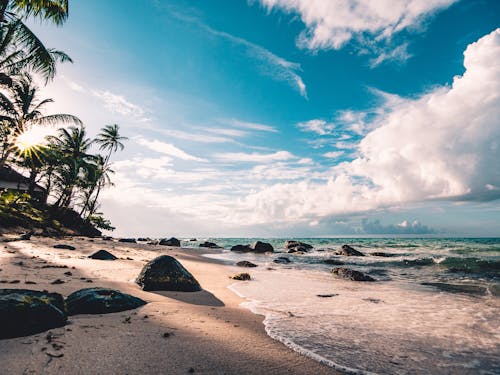Stamp: M.L. arrowhead leaves Herm for Guernesey with mail (Cinderellas 1959)
M.L. arrowhead leaves Herm for Guernesey with mail (Cinderellas 1959)
01 January (Cinderellas ) within release Guernsey-Herm goes into circulation Stamp M.L. arrowhead leaves Herm for Guernesey with mail face value 3 Guernsey penny
| Stamp M.L. arrowhead leaves Herm for Guernesey with mail in catalogues | |
|---|---|
| Colnect codes: | Col: GH 1959-04 |
Stamp is square format.
Also in the issue Guernsey-Herm:
- Stamp - M.L. arrowhead leaves Herm for Guernesey with mail face value 3;
- Stamp - M.L. arrowhead enters St. Peter Port Harbour, Guernsey face value 1'6;
- Stamp - M.L.arrowhead at sea south of Brehon tower face value 6;
- Stamp - Herm Island Map face value 4;
- Stamp - Herm Island Map face value 8;
- Stamp - Herm Island Map face value 1½;
|
Data entry completed
46%
|
|
|---|---|
| Stamp M.L. arrowhead leaves Herm for Guernesey with mail in digits | |
| Country: | Cinderellas |
| Date: | 1959-01-01 |
| Emission: | Definitive |
| Format: | Stamp |
| Face Value: | 3 Guernsey penny |
Stamp M.L. arrowhead leaves Herm for Guernesey with mail it reflects the thematic directions:
A cactus (pl.: cacti, cactuses, or less commonly, cactus) is a member of the plant family Cactaceae (/kækˈteɪsi.iː, -ˌaɪ/),[a] a family of the order Caryophyllales comprising about 127 genera with some 1,750 known species.The word cactus derives, through Latin, from the Ancient Greek word κάκτος (káktos), a name originally used by Theophrastus for a spiny plant whose identity is now not certain. Cacti occur in a wide range of shapes and sizes. They are native to the Americas, ranging from Patagonia in the south to parts of western Canada in the north, with the exception of Rhipsalis baccifera, which is also found in Africa and Sri Lanka. Cacti are adapted to live in very dry environments, including the Atacama Desert, one of the driest places on Earth. Because of this, cacti show many adaptations to conserve water. For example, almost all cacti are succulents, meaning they have thickened, fleshy parts adapted to store water. Unlike many other succulents, the stem is the only part of most cacti where this vital process takes place. Most species of cacti have lost true leaves, retaining only spines, which are highly modified leaves. As well as defending against herbivores, spines help prevent water loss by reducing air flow close to the cactus and providing some shade. In the absence of true leaves, cacti's enlarged stems carry out photosynthesis.
Coastal areas are local administrative units (LAUs) that are bordering or close to a coastline. A coastline is defined as the line where land and water surfaces meet (border each other).
A sea is a large body of salty water. There are particular seas and the sea. The sea commonly refers to the World Ocean, the wider body of seawater. Particular seas are either marginal seas, second-order sections of the oceanic sea (e.g. the Mediterranean Sea), or certain large, nearly landlocked bodies of water.
A ship is a large watercraft that travels the world's oceans and other sufficiently deep waterways, carrying passengers or goods, or in support of specialized missions, such as defense, research and fishing. Historically, a "ship" was a sailing vessel with at least three square-rigged masts and a full bowsprit. Ships are generally distinguished from boats, based on size, shape and load capacity.




